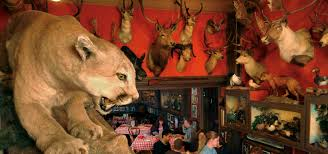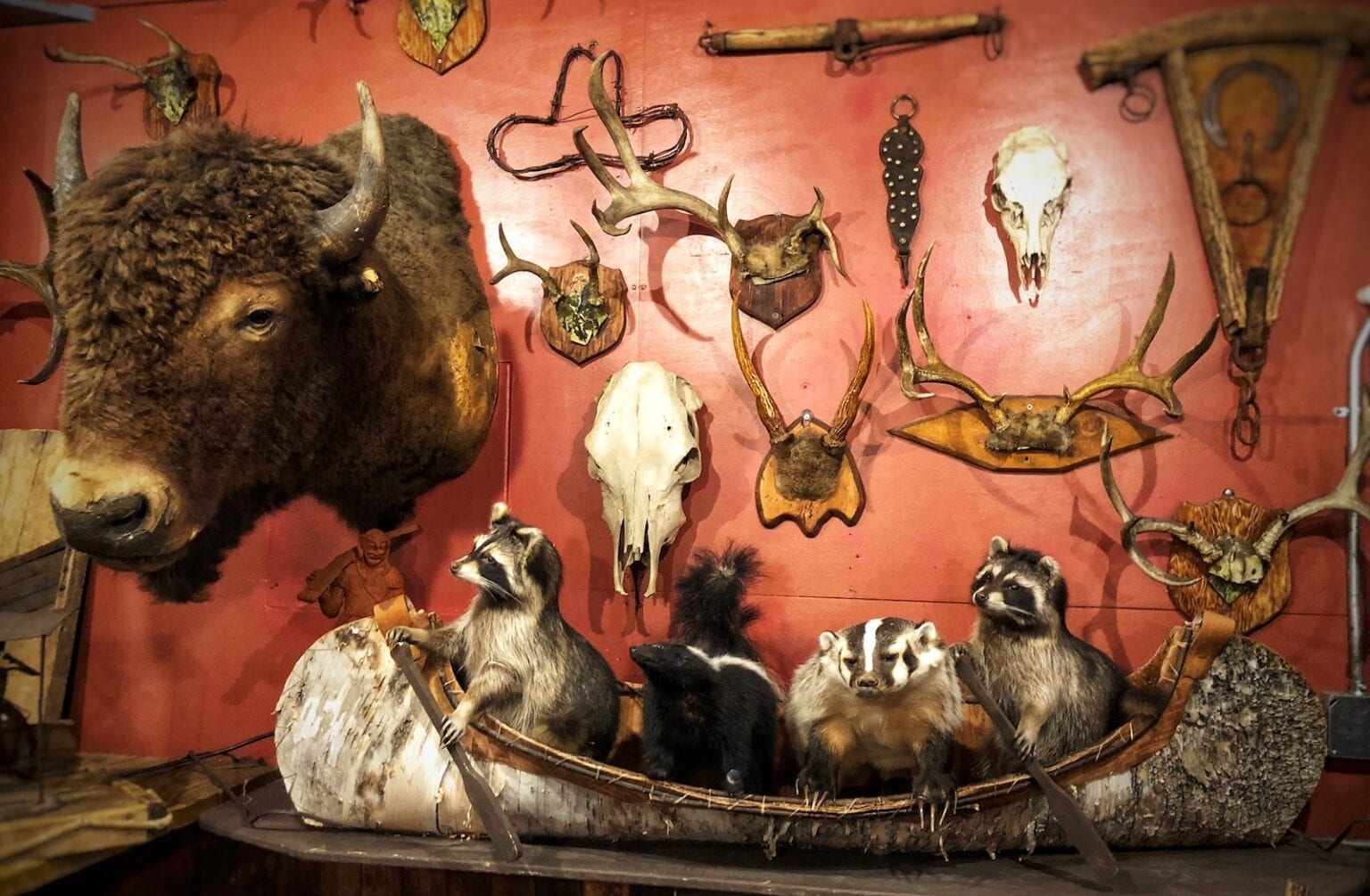I did.
Even after years, I remember a teacher who stood
out in my school life. She was a pretty woman with a big smile, glasses, and red-painted
nails. Mrs. Bennett, a science teacher, who, even when she was dissecting frogs, wore a large gold bracelet that her husband had given
her. She always smelled of Formaldehyde. It was used on frogs and other small animals we dissected
in the biology lab. However, it wasn’t the odor I recall. It was her kindness,
patience, and understanding that not all her students would go on to have a
career in science. She made sure those students, learned and enjoyed their experience
in the classroom and laboratory and then came away with a basic knowledge of
the subject.
 |
| This photo represents teachers and is not Mrs. Bennett |
Ten years, after I left that school, I was in a grocery
store and a woman stood next to me and asked, “How are you doing?” It took me a
second before I realized it was Mrs. Bennett. She was smiling at me and used my
name. I was stunned that she remembered me and wanted to hear what I was doing.
We had a pleasant conversation and Mrs. Bennett hugged me before she left. It
was at that point, I understood how much teachers cared.
Afterward, a memory of
the day, my parents took me to visit a small museum came to me. It was a one-room schoolhouse. My dad explained how
schools were back in the 1800s. The frontier school was generally a one-room building
of sod or logs.  |
Sod School House 1882. Thank you, Denver Library
|
It had a wood or coal-burning stove in the
center. Since they were often the only “public buildings” on the frontier,
schoolhouses were often the center of homesteaders” social life. During the
1870s and 1880s, community-wide spelling bees became the rage at schoolhouses
all over the West, and schoolhouses frequently played host to debates,
traveling lecturers and theater troupes, literary societies, and charitable
organizations.
As per a PBS website, one-room schoolteachers often taught grades
one through eight in their one-room, with class sizes ranging from three or
four students to as many as fifty. Classes were generally taught in 10- to
15-minute sessions to each grade level, and the curriculum tended to focus on
the basics: reading, spelling, penmanship, arithmetic, and history.
 |
| Schoolhouse |
Even with the low wages for women,
hundreds of young women came in the 1850s to teach in the West. Teacher
training, or “normal schools” -- the predecessors of today’s state universities
-- began to open in numerous eastern states. In 1853, historian J.L. McConley
noted that “a competent number of women have been found willing to give up the
comforts of home for the benefit of the barbarous West.”
 |
| Young Teacher |
Married women were not permitted
to teach. If they did marry, they had to resign from the job. As late as the
1930s, nearly 80% of American school districts employed only single women.
In 2001, approximately 250 one-room schools remained in the
United States. Of these, over 70 were located in Montana. In Canada, a few one-room schoolhouses are still standing, but they are operated
as museums or have been repurposed.
Many pioneer children learned to read and write thanks to
the brave single women teachers who came West.
Please leave a comment below by clicking on comments. I'd love to hear about your favorite teacher or other topic.
Need a feel-good read to take you away?
Start with Her Country Heart Sierra Creek Series by Reggi Allder. The books concern new beginnings, second chances, rural life, and love. There are four books in the series. The last book My Country Heart is dedicated to the firefighters who save our homes while we flee from
danger. My Country Heart Sierra Creek Book 4
Amazon page
https://www.amazon.com/Reggi-Allder/e/B00G05PJRS
Bookbub.com
https://www.bookbub.com/profile/reggi-allder
Facebook
https://www.facebook.com/reggi.allder
Bluesky
https://bsky.app/profile/reggiall.bsky.social















